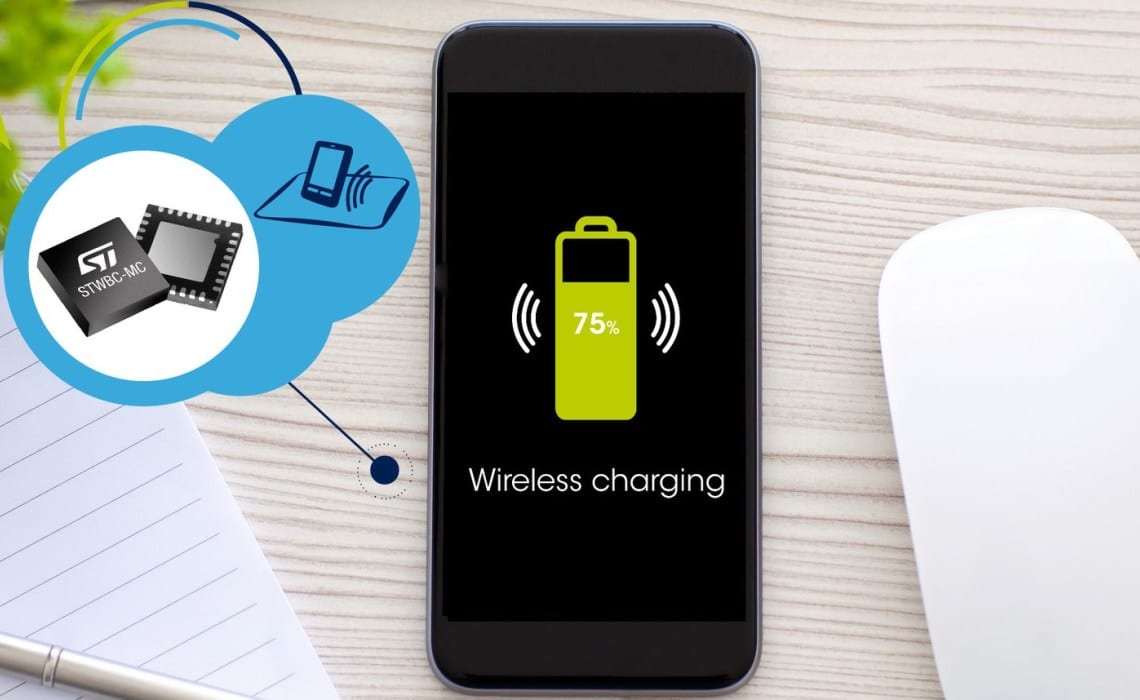2019 already looks like a fantastic year, and some significant trends and innovations seem to be transforming the industry in more ways than one. As a result, we thought it’d be interesting to delve into the technologies that should make the next twelve months interesting. This post is by no means a roadmap of ST products nor a market forecast but a simple overview of the industry’s popular trends of the moment.
10. Predictive Maintenance
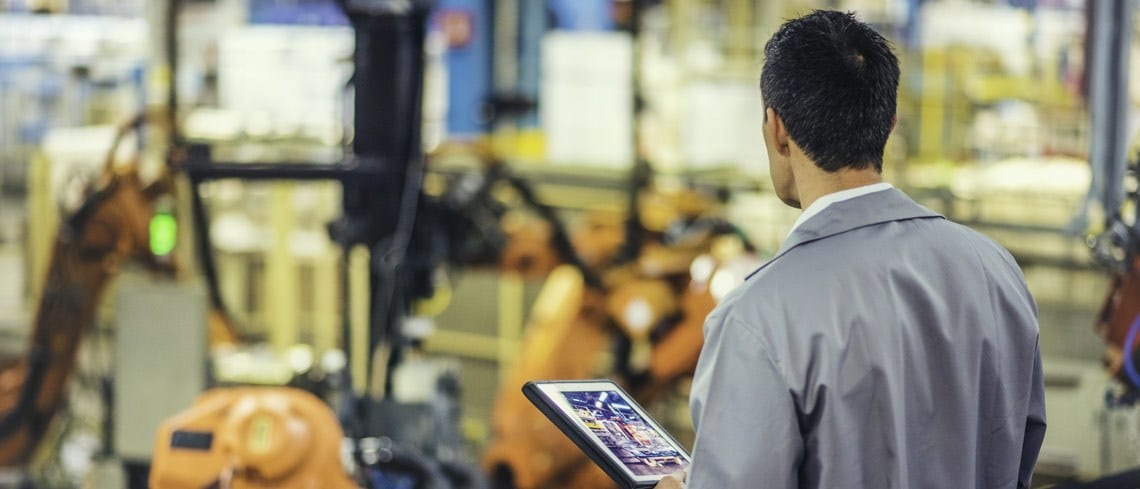
Predictive maintenance is a new era for industrial applications made possible thanks to serious advances in sensors among others. For instance, capacitive MEMS, such as the ISM330DLC, can now replace piezoelectric ones to create systems that are a lot more affordable with no perceivable impact on performance. As a result, we offer some tips to engineers who are looking to get started and be ready for the next revolution as the domain of predictive maintenance is beginning to enter the consumer market.
- Getting started with Condition Monitoring and Predictive Maintenance
- Predictive Maintenance with Capacitive MEMS, Impossible a Few Years Ago
9. More Cloud Integration

There’s a bright future in the cloud, and our teams are continuously working to help developers as they include more features in their applications and more easily call an extensive array of APIs. In 2018, our software package X-CUBE-VS4A brought Alexa Voice Service (AVS) to our microcontrollers, and the industry continues to push for more integration between platform vendors and service providers. More companies are partnering with one another to ensure developers can take advantage of complex features faster and 2019 should continue this trend.
8. More Cloud Connectivity
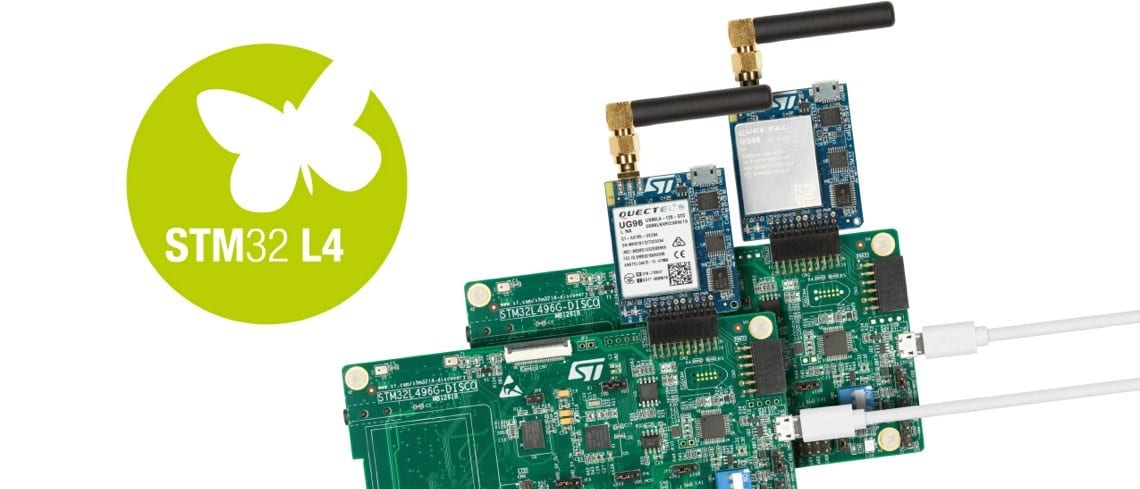
More cloud integration also means more IoT connectivity. 2018 was an exciting year because we launched our most advanced cellular Discovery kits, the P-L496G-CELL01 , and P-L496G-CELL02, at the beginning of the year, and our first GNSS/GPS Function Pack with TomTom, the FP-ATR-TOMTOM1, at the end of the year, thus multiplying the ways we connect to the cloud and the types of information we can send. It is therefore easy to imagine that developers will continue to enjoy development platforms that make it simpler and more efficient to connect to the Internet and many are waiting to see how sub-gigahertz networks will play a more significant part in our lives.
- EW18: See the First Demos of the Most Advanced Cellular Discovery Kits
- TomTom on ST Platforms, Track Assets with Our GNSS/GPS Expansion Board
7. The Resurgence of V2X

We’ve been talking about V2X (Vehicle to Everything) communication for a while now, but the industry is suddenly paying attention with many telecommunication operators and car manufacturers demonstrating the possibilities inherent to this technology. It will thus be interesting to see where this discussion will lead us. There are significant advantages inherent to such solutions when it comes to safety and efficiency, such as Advanced Driver Assistance Systems (ADAS), but there are also many implementation challenges and concerns, such as privacy and information security.
6. Silicon Carbide Brings Electric Vehicles to All

Now that the first electric cars with Silicon Carbide MOSFETs and SiC Diodes are officially available, we can expect that more car manufacturers will adopt the new material. Its wider bandgap makes it a perfect component for this platform and we can only assume that the industry will use this technology to shrink and integrate power modules to simplify designs and reduce costs. SiC will not completely replace more traditional Silicon power components. They each have their place in a vehicle, but as the demand for SiC increases, we can expect massive changes in the power modules of electric cars.
5. Phenomenal Power in Itty-Bitty Space
Power devices continue to do more in smaller packages, and this trend shows no sign of slowing down. For example, in 2018, our STWBC-MC was our first Qi Extended Power Profile wireless charging transmitter capable of using three coils. It was also compatible with the wireless fast charging protocols of all the major smartphone vendors to improve the user’s experience. As wireless charging becomes ubiquitous, the consumer will enjoy an increase in efficiency and interoperability. The dream in which people can put their phone on almost any surface to start charging is slowly becoming a reality thanks to significant advances in power devices.
4. Contactless Payment on All Wearables
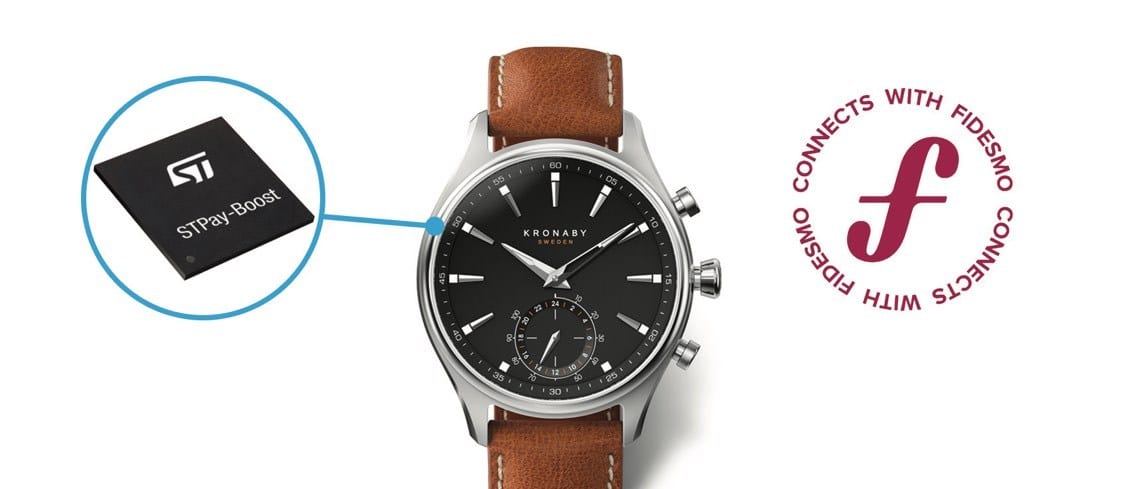
STPay-Boost-F is our first solution in partnership with Fidesmo, a Swedish Trusted Service Manager (TSM), that ensures the implementation of over-the-air personalization/tokenization to transform a wearable into a contactless mobile payment solution. It is highly symbolic because manufacturers no longer have to invest in expensive machines to implement a tokenization feature at the factory. As a result, the industry is increasingly talking about turning all wearables into payment systems, which will require the credit card issuers to come up with clear protocols and will most likely lead to more partnerships between makers of NFC components and TSMs.
3. The Choice of STM32G0 is a Feature
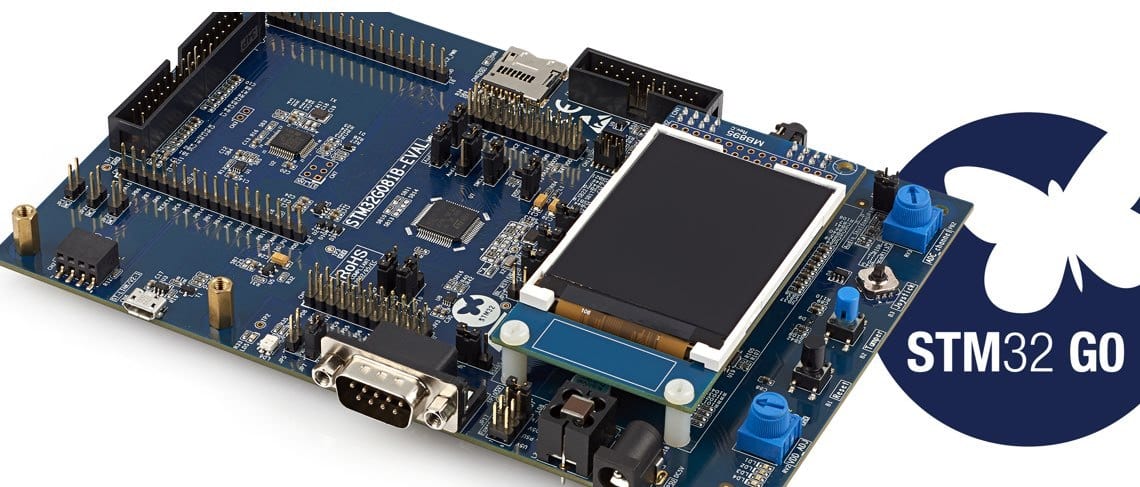
When we launched the STM32G0, we also released a roadmap showing the other variants of the new family of mainstream MCU that we are planning to release in 2019. It thus demonstrated our commitment to offer packages that have the full range of configurations, from 8 KB of RAM and 16 KB of Flash to 128 KB of RAM and 512 KB of Flash. Such a large selection of memory configurations under one roof is unusual, but it denotes our willingness to increase our platform’s flexibility. The industry is also studying the viability of offering multiple versions of a smartwatch or smartphone with different MCUs to create a larger pricing structure.
2. More Knowledge, More Power
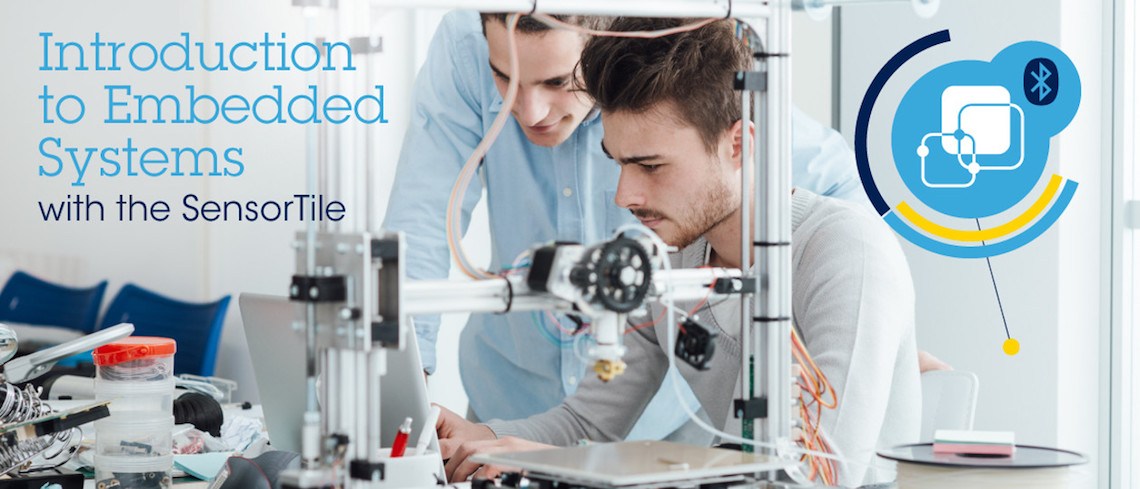
Education was a priority for ST in 2018, and it will still be so in 2019. Building a comprehensive platform like SensorTile was in itself a great accomplishment, but being able to use it to teach the next generation of innovators and allow them to work on machine learning projects by themselves is what our company is all about. Beyond our solutions and products, it’s about our desire to give back to our communities and lead the industry in the sharing of knowledge and power.
1. 2019: The Year of Machine Learning?
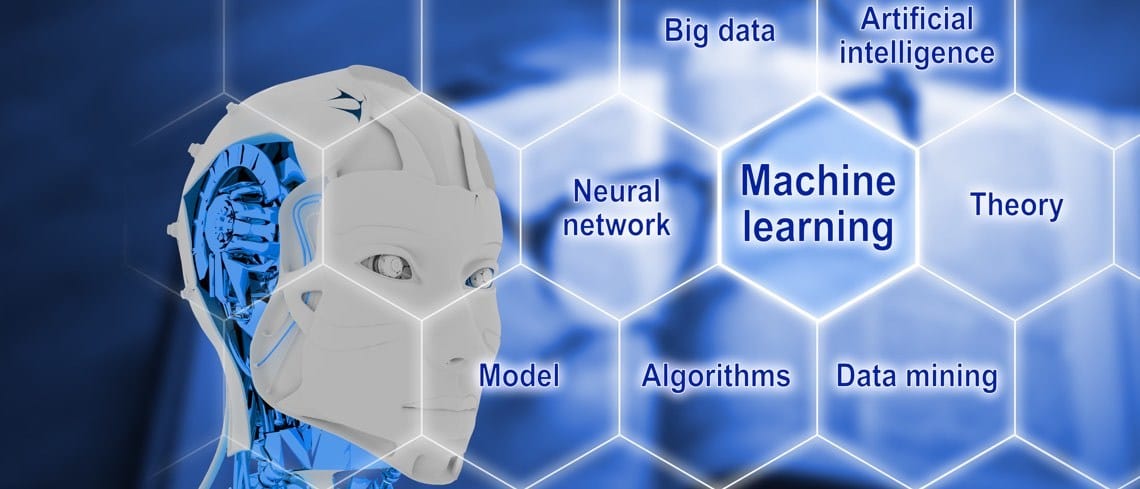
We already announced that we are working on the first inertial sensor with Finite State Machines and a decision tree, which would effectively bring machine learning to MEMS for the first time. We also made a lot of headway into the implementations of specific neural network topologies onto embedded systems, as we saw with our SoC Orlando in 2018. Machine learning itself continues to be a significant topic of discussion because it opens the door to efficiencies and features that were just impossible until a few years ago. It will thus be interesting to see how this branch of artificial intelligence shapes tomorrow’s embedded systems.
- Machine Learning Inside an Inertial Sensor for Unbelievable Efficiency
- Orlando: An SoC With a Neural Network and the Future of IoT?

